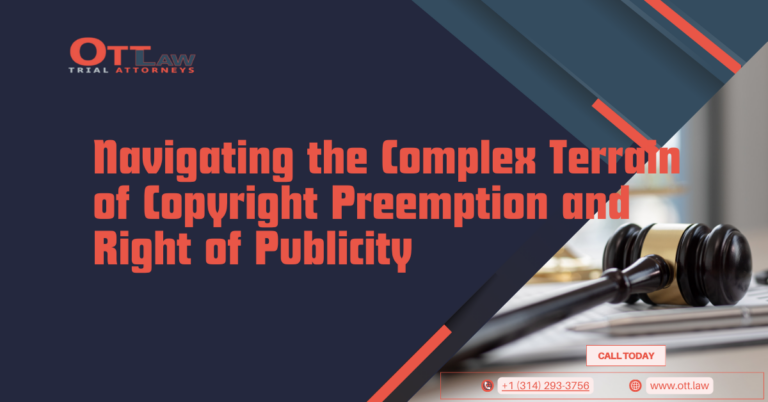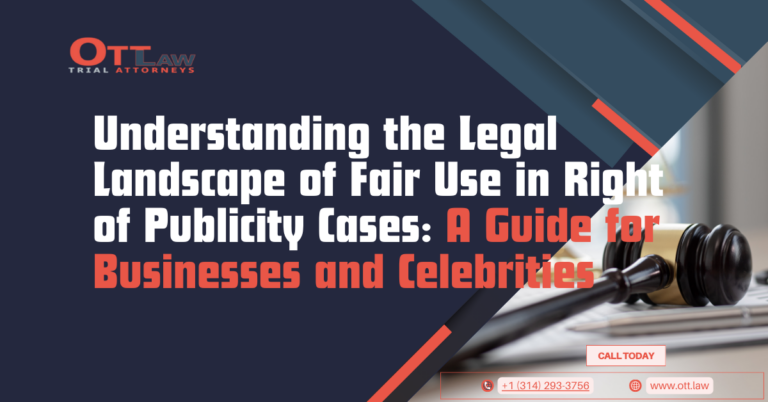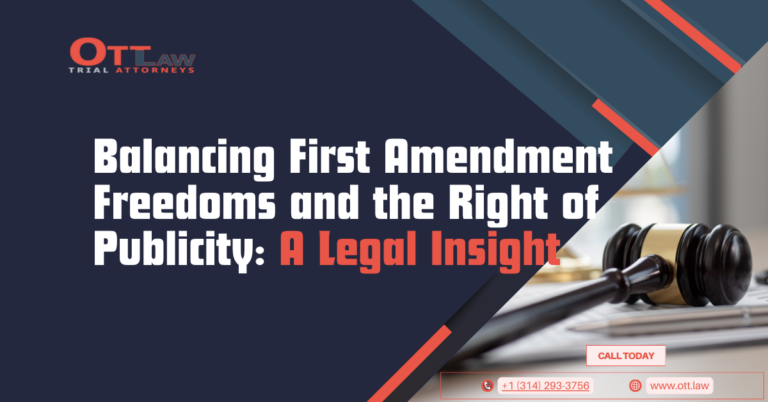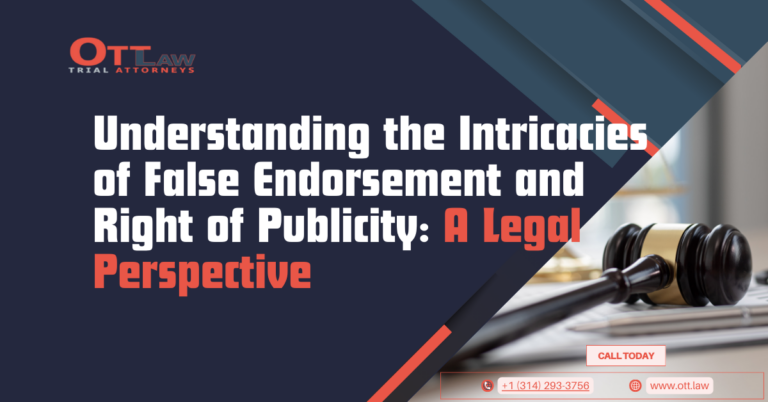In today’s digital era, the landscape of rights involving a person’s image or likeness is more complex than ever. This is particularly true in areas where the right of publicity overlaps with other types of potential claims, such as breach of contract, fraudulent inducement, and trademark infringement under the Lanham Act. Understanding these intersections is crucial for anyone navigating the commercial use of personal likenesses, be it in advertising, video games, or other forms of media.
Breach of Contract: A Tricky Terrain
When utilizing someone’s image commercially, the gold standard is a well-drafted contract. However, even with a meticulous contract in place, there are several pitfalls one can stumble into. One of these is the issue of time frame; if products bearing the individual’s image continue to be distributed after the contract has expired, the company could be liable for breach of contract1.
Similarly, the use of unauthorized images from a photo shoot can cause legal complications. As businesses often purge records after a certain period, the absence of the original contract in a dispute could lead to a “he said/she said” scenario that might be more costly than the profits generated from the product itself2.
Adaptability to Technological Changes
Contracts made years ago couldn’t have foreseen the advent of the Internet, social media, and augmented reality. Hence, it’s advised to include language covering “technology now known or hereafter developed” to avoid future litigation. However, such clauses may still be subject to judicial scrutiny, especially if the scope of the original consent appears to be exceeded3.
Fraudulent Inducement: A Legal Snare
Fraudulent inducement is a term usually associated with contract law but can also apply in right of publicity cases. This cause of action arises when a party has been induced into a contract based on false promises or misrepresentations. For instance, if a model or musician is told that their image would be used in a limited context but is then used more broadly, a claim for fraudulent inducement could be made alongside a breach of contract claim4.
Trademark Infringement under the Lanham Act
The right of publicity sometimes intersects with the Lanham Act, primarily in cases where an individual has trademarked their name, nickname, or likeness. A famous instance involved Paris Hilton suing Hallmark for using her likeness and catchphrase “That’s hot!” The court disagreed with Hallmark’s defense of the use as parody, siding with Hilton5.
Similarly, Shaquille O’Neal, popularly known as “Shaq,” won a case against an online retailer that used a caricature resembling him. The court found a high likelihood of consumer confusion and thus infringement of Shaq’s registered trademarks6.
Conclusion
Navigating the overlapping claims involving the right of publicity requires a nuanced understanding of various branches of law. It is crucial to draft contracts meticulously and consider technological adaptability, to avoid claims of fraudulent inducement, and to be aware of potential intersections with trademark law.
For professional guidance on these matters, feel free to contact the Ott Law Firm. We specialize in providing expert legal advice tailored to your needs.
References
- Id. at 1399.
- White v. Samsung Elecs. Am., Inc., 989 F.2d 1512 (9th Cir. 1993).
- See Chapter 1 for contracts related to video games.
- No Doubt v. Activision Publ’g, Inc., 192 Cal. App. 4th 1018, 1023–25 (Cal. Ct. App. 2011).
- Hilton v. Hallmark Cards, 599 F.3d 894, 899 (9th Cir. 2010).
- Mine O’Mine, Inc. v. Calmese, No. 2:10-CV-0043-KJD-PAL, 2011 WL 2728390 (D. Nev. July 12, 2011), aff’d, 489 Fed. Appx. 175 (9th Cir. 2012).




